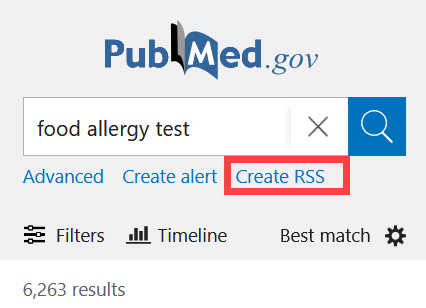

Then, click ‘Build RSS feed.’ You’ll be prompted to add your new source to an existing Feed in Feedly. Scroll down the page, find the section of articles you’re interested in, and click on the articles you want to get in Feedly (such as the “latest posts” section of a company’s blog). When you open the RSS builder, you’ll get a preview of the web page. Now, you’ll see the option to build your own RSS feed, and the RSS Builder will walk you through the simple steps to add a website without RSS to your Feedly.įirst, choose the articles you want to get through RSS. When you try to follow a website that doesn’t offer RSS, you used to hit a dead end. Product Integration Manager, Feedly Enterprise User Choose the articles you want to get in Feedly

Instead of having to look into multiple places like before, they can now follow all their favorite websites in one single place on Feedly! You’ll need to change the 'feedname' accordingly, depending on what you want to call your new feed.The RSS Builder feature solves one of the big problems our team used to have: they had trusted and favorite sources with no way to get in Feedly. This will initiate the customRSS function on your site. To get started, add the following code snippet: add_action('init', 'customRSS') For instance, you could aggregate content from other blogs, podcasts, or even YouTube channels and display them on your site to increase engagement. You can also feature posts from external sources using our Feedzy plugin. This can be useful if your website caters to multiple niches. If you want to differentiate your content, you can create a custom RSS feed and target specific readers. Note that doing this will only show you the code you need a dedicated news aggregator tool such as Feedly to see it in its full glory. You should be able to access your site’s feed via /feed. Visitors who sign up for RSS feeds can use their chosen feed reader to browse content, leave comments, and share posts on social media.

There are also other ways to use RSS feeds in WordPress, which we discussed in a previous article. This enables subscribers to keep track of new posts without checking each of their favorite websites manually. It’s a handy functionality that enables bloggers to share their content on other sites and via feed readers. RSS stands for Really Simple Syndication. Understanding RSS feeds and how they can benefit your site


 0 kommentar(er)
0 kommentar(er)
